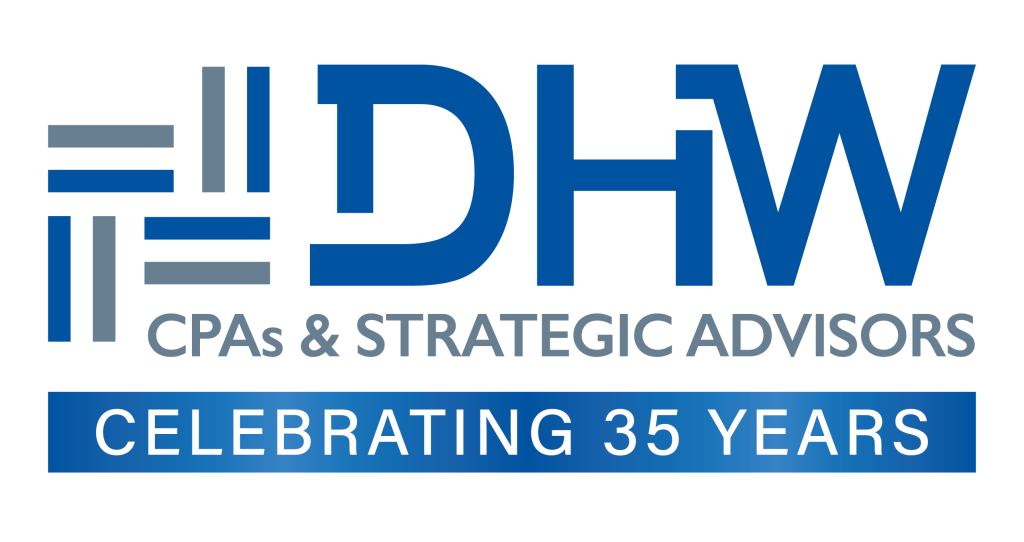Throughout my career, I have had the opportunity to work with a diverse range of restaurants, assisting them with tax, accounting, and operational challenges. While many restaurant owners demonstrate a solid grasp of their financials, others encounter recurring issues that can hinder long-term success. This article highlights a few of the most common financial warning signs I have observed in restaurant operations. Each section provides a clear explanation of the issue, its significance, and practical solutions—supported by real-world examples—to help restaurant owners proactively identify and address these challenges.
Disconnected Books
Disconnected Books refers to the absence of a reliable and organized accounting system. Without accurate financial records, restaurant owners are unable to make informed decisions, track profitability, or identify financial issues early before they spiral out of control. Monitoring this ensures that the business is operating on solid financial ground and contributes to the overall operational and financial sustainability of the entity. Some examples that I’ve seen include operators using handwritten notes and legacy technology. Some rely solely upon bank statements to track income and expenses for tax purposes, which can lead to missed tax deductions and without a strong accounting system, many operators lack a clear record of vendor payments, resulting in duplicate payments and strained supplier relationships.
To remedy this issue, I generally suggest operators implement accounting software tailored for restaurants. There are many solid systems available from reputable vendors, each with their own benefits depending on the facts and circumstances of your situation such as size, complexity, and preferences on reporting. I also suggest operators set up a restaurant-specific chart of accounts based on The Uniform System of Accounts for Restaurants, use 4-week reporting (13 periods) for better comparability and easier tracking for inventory and payroll, train managers to input and categorize expenses correctly, and reconcile weekly. If operators lack the time to keep pace, I recommend hiring a part-time bookkeeper or outsource to a reputable CPA firm with restaurant industry expertise.
Prime Cost Pressure
Prime Cost Pressure occurs when the combined cost of goods sold (COGS) and labor exceeds 70% of sales. This metric is crucial because it represents the most controllable expenses in a restaurant. Monitoring prime cost helps maintain profitability and operational efficiency. Some examples that I’ve witnessed have been where a restaurant has strong sales but struggles to generate a profit due to high labor costs during slow hours and where a fine dining venue over-orders premium ingredients, leading to spoilage and inflated food costs.
To remedy this issue, I generally recommend operators to conduct a Prime Cost audit monthly to identify trends and keep a close eye on this Key Performance Indicator (KPI) as early detection is critical here. From here, operators can consider adjusting staffing schedules based on hourly sales data, negotiate better pricing with suppliers and reduce portion sizes where appropriate, and use kitchen display systems to improve prep efficiency and reduce waste.
Menu Margin Mystery
Menu Margin Mystery arises when menu pricing is based on a competitor’s price or a good “guestimate” or sheer intuition rather than actual food costs. Understanding the profitability of each menu item is essential for maximizing revenue, minimizing waste, and ensuring the sustainability of the entity. In fact, one of the first questions that I ask to any operator that I take on as a client is “when was the last time you costed your menu?”. Some examples are where a diner prices its burger at $12 to match a nearby competitor, unaware that its food cost is 45% or a sushi bar offers a popular combo platter that actually loses money due to expensive ingredients.
To remedy this issue, I highly recommend operators use recipe costing tools to calculate the true cost of each dish, set target food cost percentages and adjust prices accordingly. I also recommend operators conduct a menu analysis to identify how much each dish contributes to profit and where they fall on the spectrum. In some cases, I’ve seen where a restaurant’s most “popular” item may be contributing very low profit or in some cases losing them money! As such, reengineering or removing low-margin items from the menu can make a significant impact. I also suggest training staff to upsell and understand what the most “profitable” items or dishes are rather than what the most “popular” are when customers are indecisive.
Inventory Mirage
Inventory Mirage happens when purchases are mistaken for usage, leading to inaccurate food cost calculations. Proper inventory tracking and the implementation of controls around it is vital for understanding actual consumption and controlling costs. In many cases, operators fail to factor in beginning and ending inventory values when assessing food cost. Some examples of this are where a manager simply assumes food cost is 30% based on “how it’s always been or what we’ve used” and ignoring beginning and ending inventory. Others include over-ordering perishables, over-portioning, and in some cases, lax controls on inventory where employee and vendor theft are occurring.
To remedy this issue, I highly recommend conducting beginning and ending inventory counts monthly and implementing a streamlined approach to arranging items in the cooler, shelves, and prioritizing the higher value items in connection with this process. Use the formula: Beginning Inventory + Purchases – Ending Inventory to determine cost of goods sold. Track inventory variances and investigate discrepancies. Observe the receiving process. If you purchase by weight, weigh it. If you purchase by count, count it. Make sure your recipes are followed accurately, and staff are not over-portioning on dishes. And finally, conduct a risk management assessment and implement controls over who has access to inventory and certain areas.
Conclusion
In an industry as dynamic and margin-sensitive as food service, financial vigilance is not optional, it’s essential. The operational warning signs outlined in this article—ranging from disconnected books to inventory mismanagement—are not just accounting oversights; they are early indicators of deeper structural issues that can compromise a restaurant’s viability. By proactively addressing these challenges with the recommended strategies, restaurant owners can strengthen their financial foundation, improve decision-making, and ultimately enhance profitability. Whether through better systems, more accurate costing, or tighter controls, the path to financial health begins with awareness and action. Owners who commit to these principles position their businesses not only to survive but to thrive in an increasingly competitive landscape.

